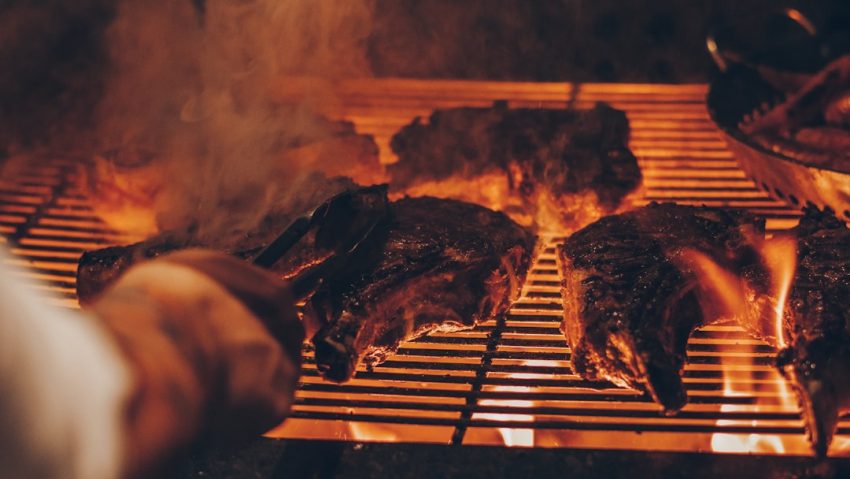Smoked BBQ Brisket Recipe is a rewarding but challenging endeavor for beginners, requiring time and patience due to its unique muscle fiber structure. The key lies in understanding the two muscles (point and flat), using the right equipment (smoker, cutting board, knife, thermometer), and selecting a 2-3 pound packer-cut brisket with balanced fat and meat. A basic dry rub seasoning enhances natural flavors, while the "low and slow" method at 225-250°F ensures tender results. Mastering internal temperature (203°F) is crucial. Avoiding common pitfalls like rushing cooking time or improper temp control leads to perfect brisket. Serve sliced across the grain with favorite sauces and sides for a satisfying meal, with leftovers highly recommended.
Unleash your inner barbecue master with this simple guide to crafting the perfect smoked brisket—no experience needed! Discover why this cut of meat is a favorite among grillers, and learn the art of smoking low and slow. From choosing the right piece of beef to understanding temperature control, we’ll equip you with all you need to make a mouthwatering smoked BBQ brisket. Get ready to impress your family and friends with this classic, tender treat.
- Understanding Brisket: The Cut and Its Tenderness
- Essential Equipment for Smoking Brisket
- Choosing the Right Meat: Select Your Brisket Wisely
- Dry Rub Seasoning 101: A Beginner's Guide
- Smoking Techniques: Low and Slow Method Explained
- Mastering Internal Temperature: When Is It Ready?
- Common Mistakes to Avoid During Cooking
- Serving Suggestions: Enjoy Your Smoked Brisket
Understanding Brisket: The Cut and Its Tenderness
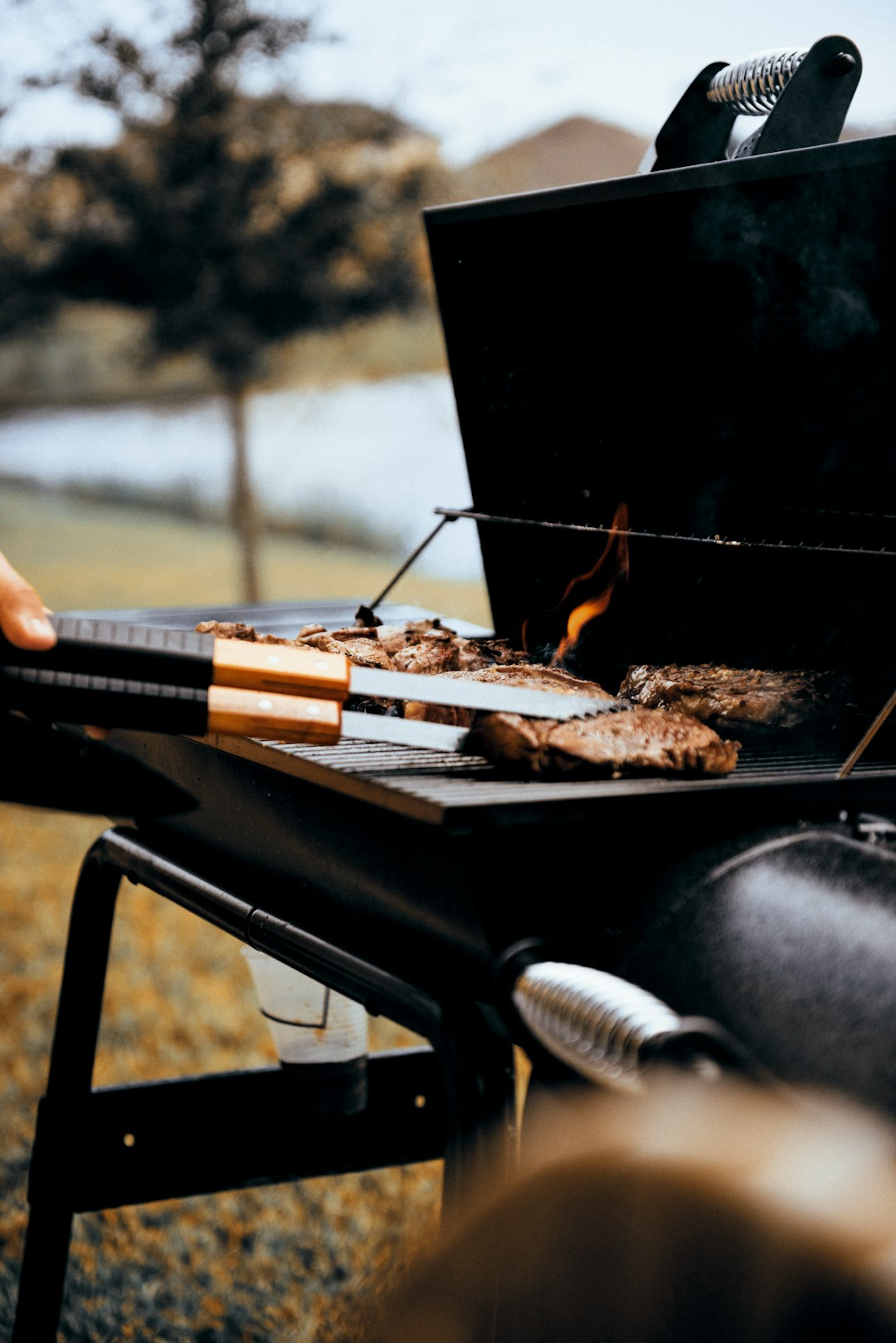
Brisket, a cut from the beef chuck, is a true test for beginners looking to master the art of smoking BBQ. This meaty and flavorful steak requires time and patience due to its unique composition of muscle fibers. But don’t let that deter you—it’s all part of the charm! The key to achieving tender, smoky brisket lies in understanding its structure.
The brisket is composed of two muscles: the leaner “first cut” or point, and the fattier flat. For a smoked BBQ brisket recipe, you’ll want to focus on the entire pack, often called a whole pack or full brisket. This inclusive approach ensures even cooking and maximum flavor infusion from the smoking process, resulting in a melt-in-your-mouth delicacy that’s every meat lover’s dream.
Essential Equipment for Smoking Brisket
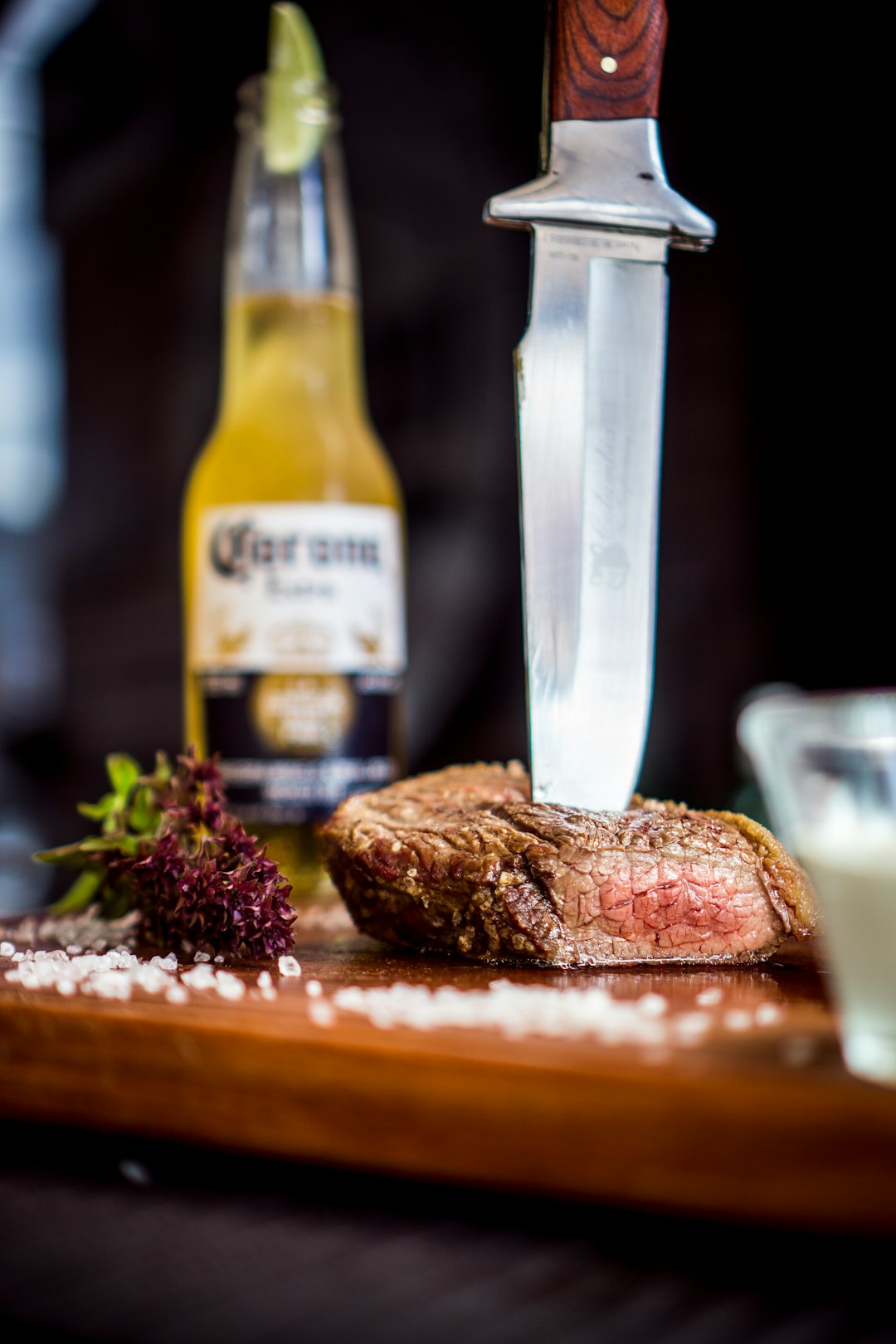
Smoking a perfect brisket is an art, and for beginners, having the right equipment is key to success. The essential tools for this culinary adventure include a reliable smoker, a good quality cutting board, a sharp knife, and a meat thermometer. A smoker is the star of the show; opt for a model that offers consistent temperature control, allowing you to maintain the ideal cooking range for brisket, typically between 225-250°F (107-121°C).
A cutting board and knife are vital for preparing your meat, ensuring precise trimming and slicing. The thermometer is crucial for monitoring the internal temperature of the brisket, enabling you to cook it to perfection without overdoing it—a common pitfall for newcomers to smoked BBQ brisket recipes. With these tools at hand, you’ll be well-equipped to embark on the delicious journey of crafting mouthwatering smoked brisket.
Choosing the Right Meat: Select Your Brisket Wisely
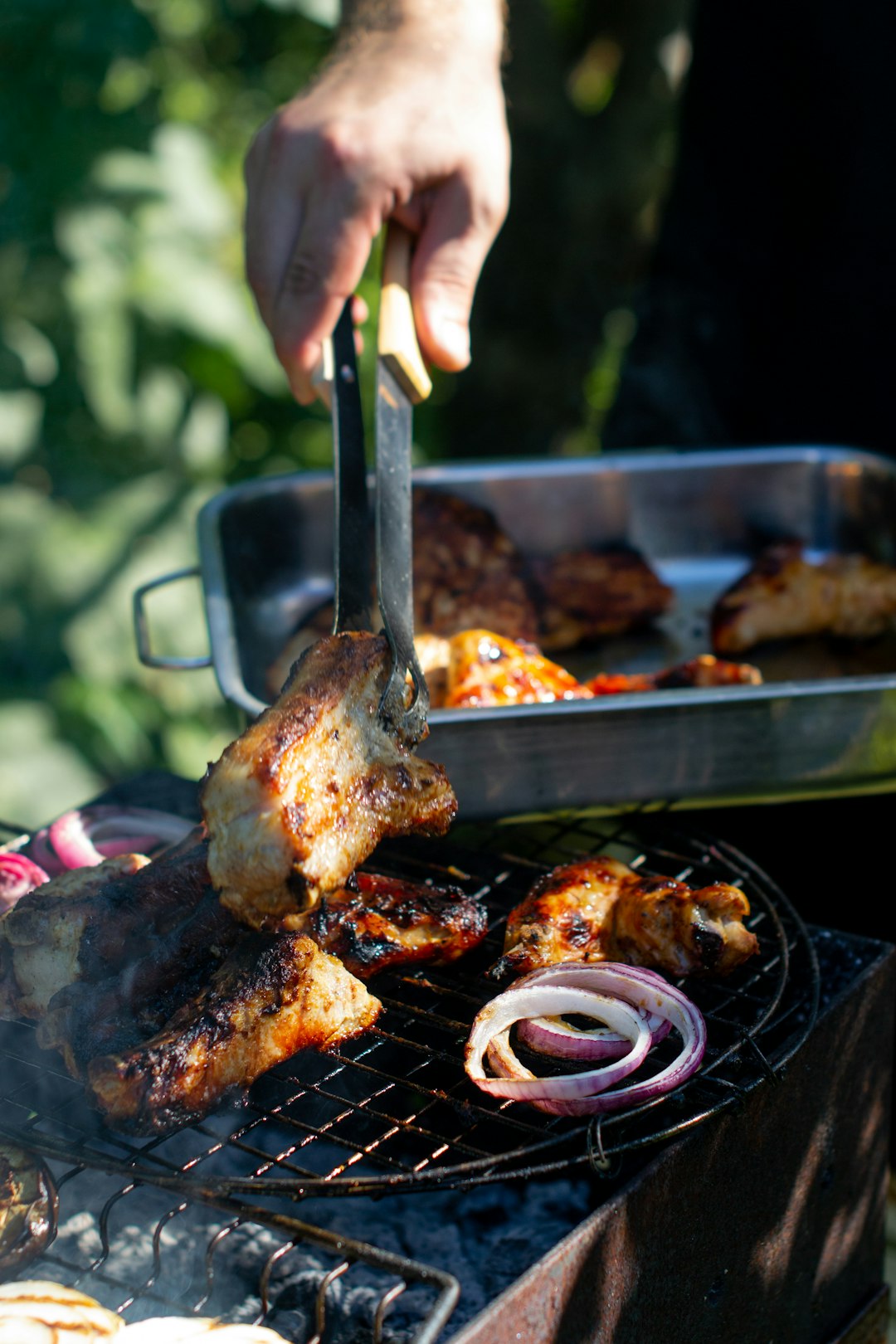
When it comes to a smoked BBQ brisket recipe, the quality of your meat is paramount. Beginners should opt for a packer-cut brisket, which is leaner and more suitable for slow smoking. This cut comes from the breast or chest area of the cow and has less fat, making it easier to smoke without overcooking the tougher cuts. Look for a piece that’s around 2-3 pounds; this size is ideal for first-time smokers as it ensures even cooking without taking up too much space in your smoker.
Choosing the right brisket means selecting a well-marbled piece with a good balance of fat and meat. The fat is crucial as it adds flavor, keeps the meat moist during smoking, and prevents it from drying out. Avoid briskets with excessive hard fat or large pieces that might take longer to cook evenly. A good, solid packer-cut brisket with consistent marbling will result in a tender, flavorful smoked BBQ brisket recipe that will impress your friends and family.
Dry Rub Seasoning 101: A Beginner's Guide
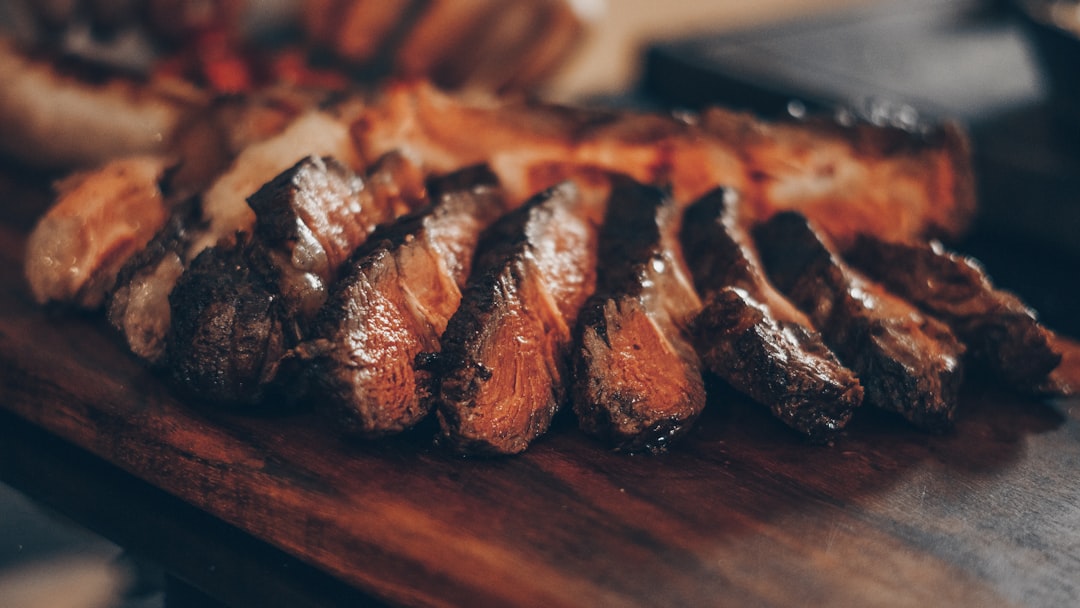
For beginners tackling their first smoked BBQ brisket recipe, understanding a basic dry rub seasoning is key. Dry rubbing is a time-honored technique that enhances the natural flavors of the meat and adds depth to your finished dish. Unlike wet rubs that are marinated into the meat, dry rubs are sprinkled directly onto the surface, allowing for a delicious crust that caramelizes during the slow cooking process.
When crafting your own dry rub for smoked brisket, think balance. A classic combination includes spices like salt, pepper, garlic powder, and paprika, offering a savory base. Chili powder or cayenne pepper add heat, while brown sugar rounds out the flavors with its sweet undertones. Adjusting these proportions to suit your taste preferences is essential. Experimentation is encouraged—after all, the best smoked BBQ brisket recipe is often a personal favorite.
Smoking Techniques: Low and Slow Method Explained
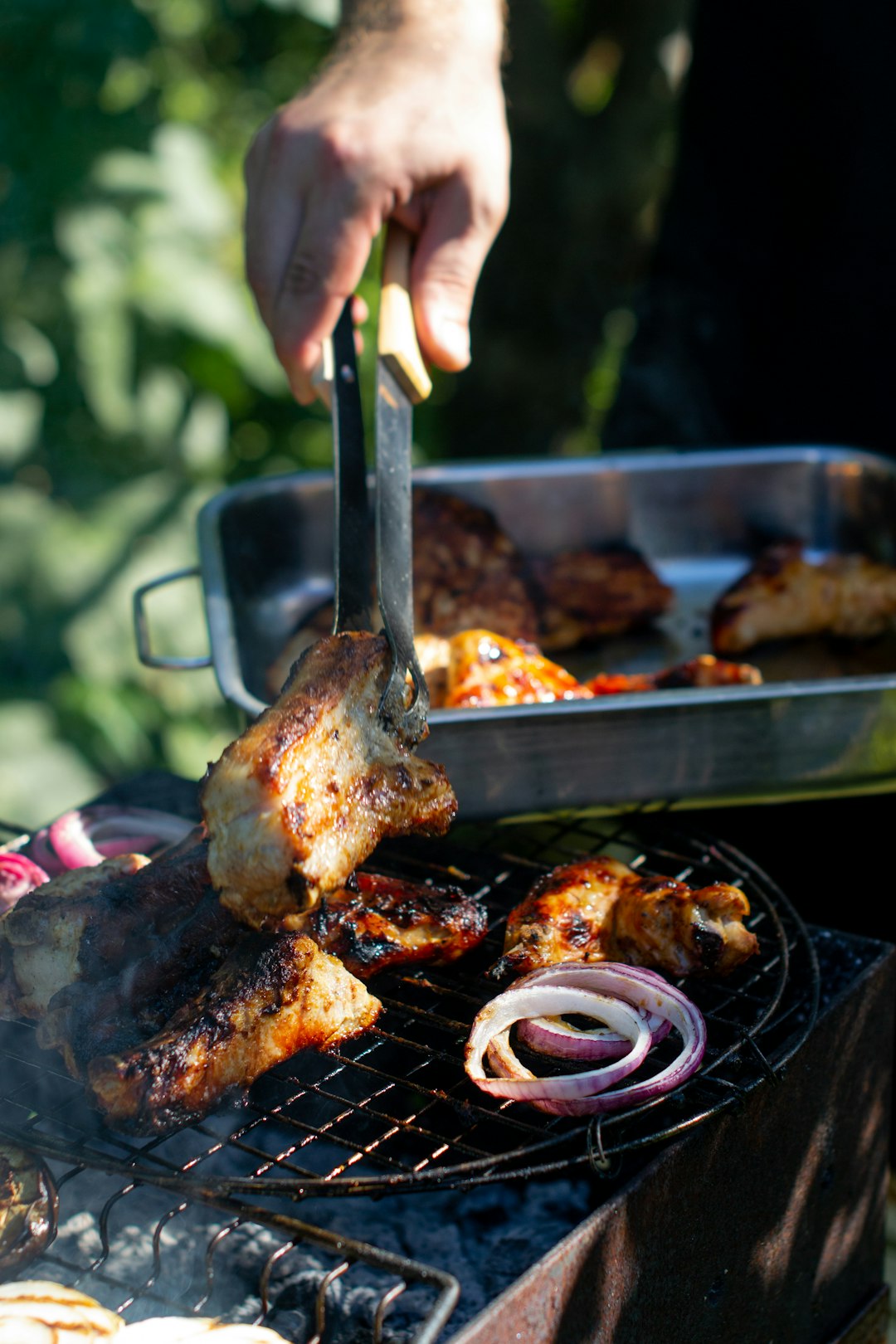
Smoking brisket is an art, and one of the most popular techniques for a mouthwatering smoked BBQ brisket recipe is the low and slow method. This style of cooking allows for deep flavors to develop while keeping the meat incredibly tender. The process involves maintaining a consistent low temperature (around 225-250°F or 107-121°C) in your smoker, which breaks down the connective tissues in the brisket over an extended period. Time is of the essence; smoking at lower temperatures takes longer but results in a melt-in-your-mouth texture.
By using this low and slow technique, beginners can achieve delicious results without the need for advanced equipment or years of experience. It’s a simple method that ensures the brisket stays moist and flavorful throughout the cooking process, making it perfect for a classic smoked BBQ brisket recipe that everyone will love.
Mastering Internal Temperature: When Is It Ready?
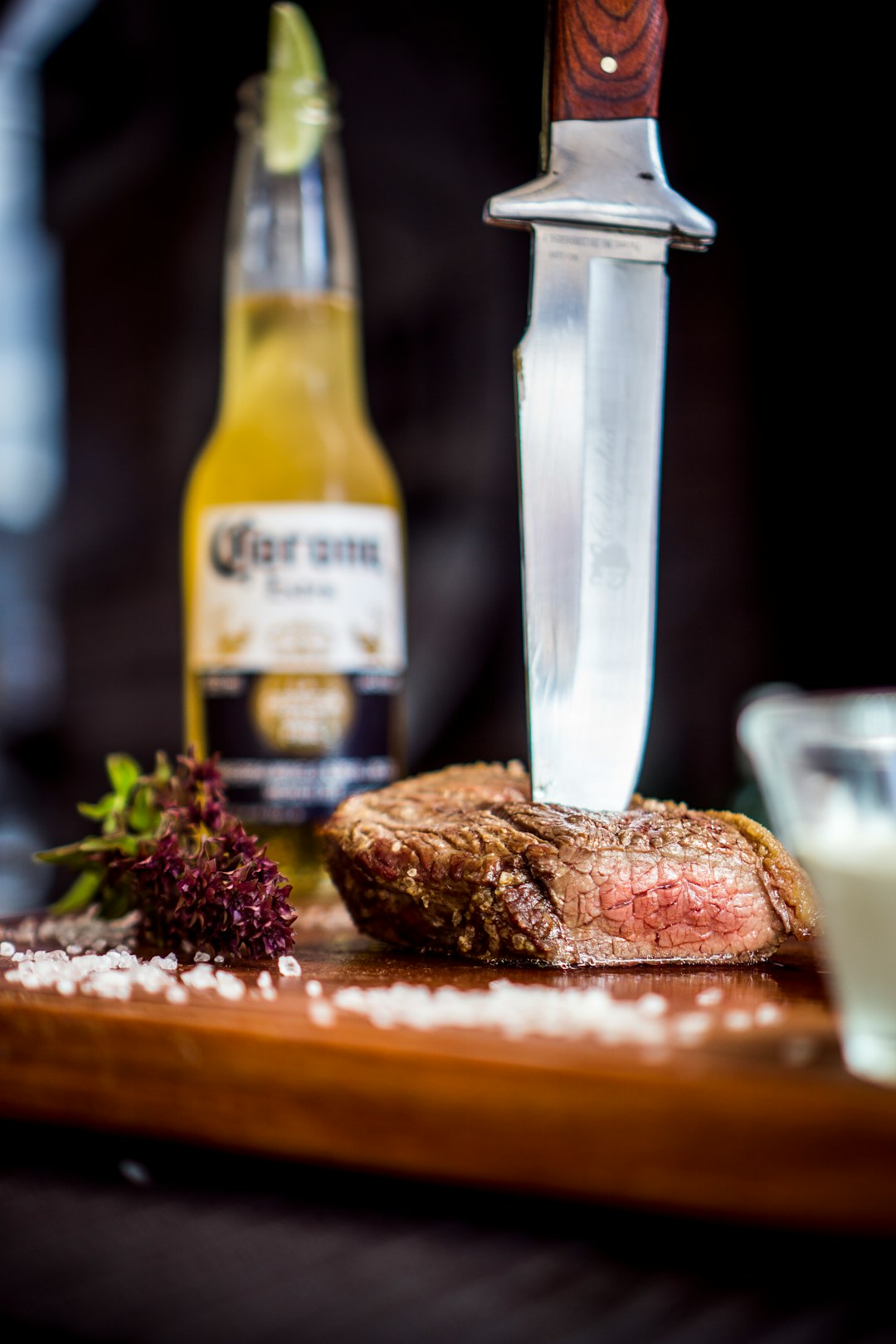
Mastering internal temperature is key to achieving perfectly smoked brisket in your first attempt at this classic BBQ dish. The ideal target for a juicy, tender brisket is 203°F (95°C) throughout the entire cut. This temperature ensures that the meat is cooked evenly, locking in those mouthwatering juices and resulting in a flavorful, melt-in-your-mouth texture.
To determine if your smoked BBQ brisket is ready, use a meat thermometer to check the internal temperature at the thickest part of the meat. Once it reaches 203°F, remove the brisket from the smoker, wrap it tightly in foil or butcher paper, and let it rest for about an hour. This resting period allows the juices to redistribute, making your brisket even more tender and juicy when you slice into it.
Common Mistakes to Avoid During Cooking
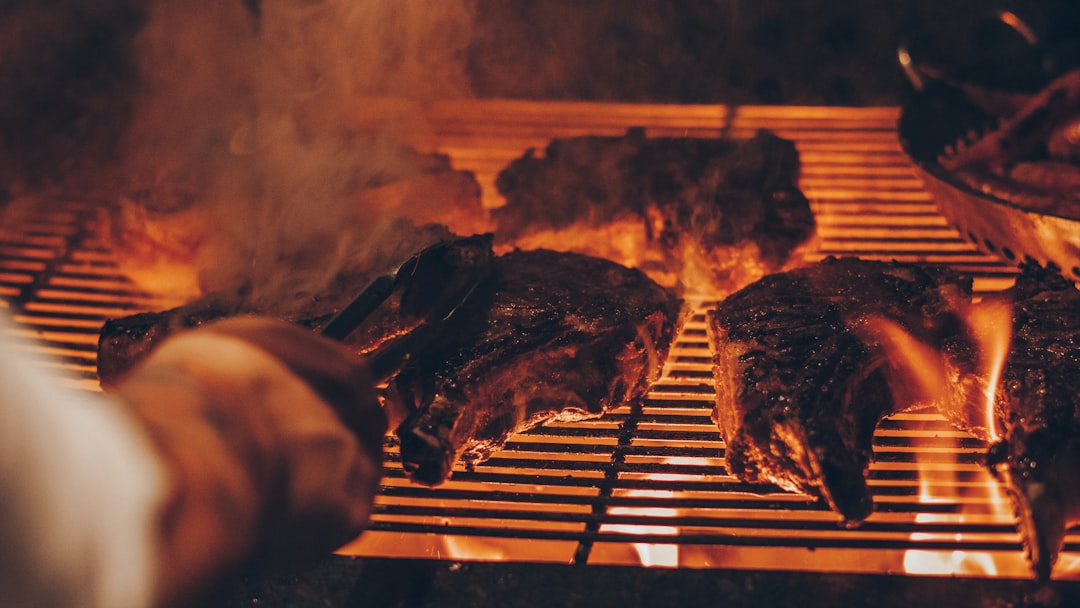
When tackling your first smoked brisket, it’s crucial to understand common pitfalls that can spoil the experience. One of the most frequent mistakes is underestimating the time required for slow cooking. Brisket needs patience; rushing the process often results in tough, dry meat. Always remember, slower cooking equals tender, juicy results.
Another blunder is improper temperature control. Maintaining a consistent low heat is key to success with smoked BBQ brisket recipes. Using a reliable smoker and regularly checking the temperature ensures even cooking. Avoid opening the smoker’s lid frequently, as it disrupts the environment crucial for slow-roasting the meat deliciously.
Serving Suggestions: Enjoy Your Smoked Brisket
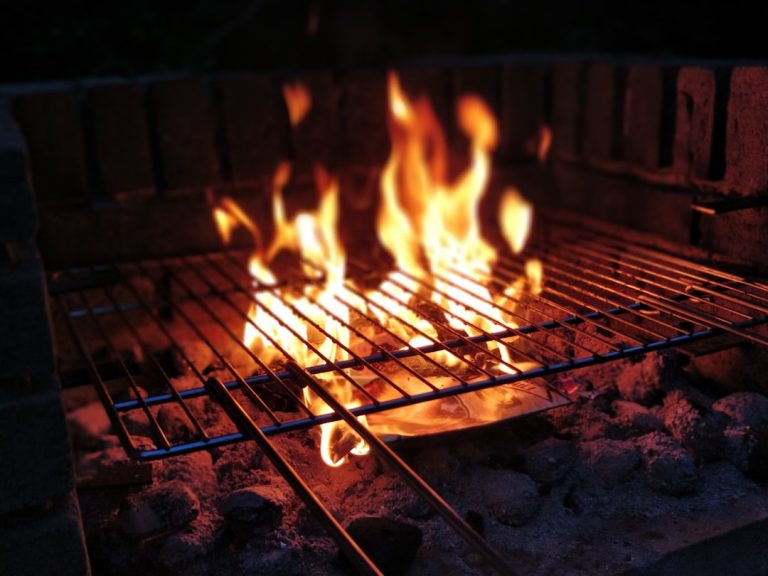
Once your smoked brisket is perfectly cooked and ready, it’s time to sit back and savor the fruits of your labor. This easy smoked BBQ brisket recipe is a delicious way to impress your family and friends, offering tender meat that simply melts in your mouth.
Serving suggestions include slicing the brisket thinly across the grain for maximum tenderness and arranging it on a bed of your favorite barbecue sauce. Accompany with classic sides like coleslaw, potato salad, or grilled corn on the cob for a complete and satisfying meal. Don’t forget to save some for leftovers—smoked brisket tastes even better the next day!
